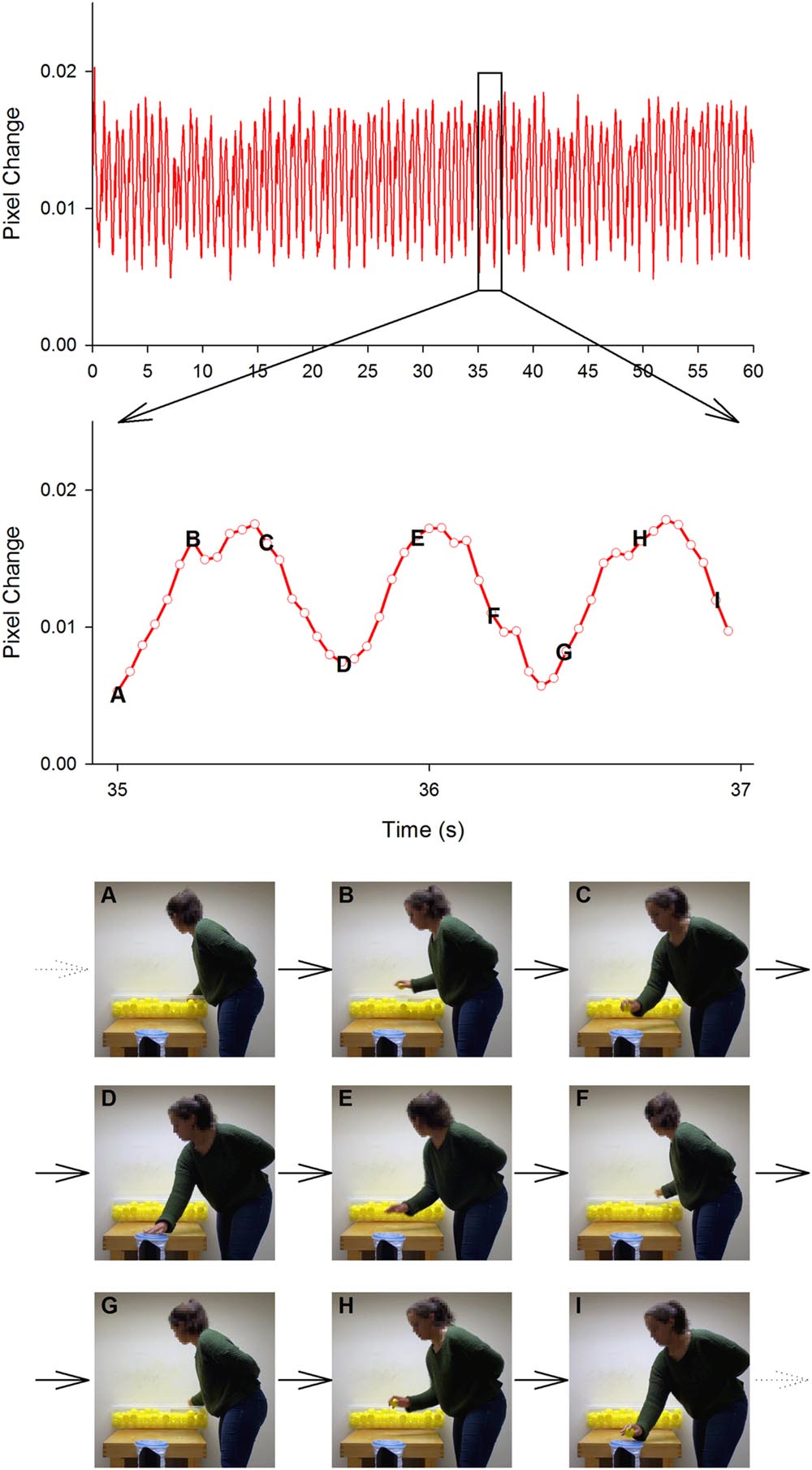

SEQUENTIAL MODEL POSITIVE COOPERATIVITY FULL
ITC allows full thermodynamic characterisation of both the global ( Equation 6) and cooperative processes. It is therefore preferable to describe cooperativity both in terms of conformational changes (if observable) and thermodynamics as cooperativity is fundamentally thermodynamic in nature.
SEQUENTIAL MODEL POSITIVE COOPERATIVITY FREE
Changes in free energies of a few kcal mol −1 can be easily achieved by a slight stiffening of a few of the many global dynamic modes of motion available to a protein. Ligand-binding merely shifts the dynamic equilibrium by preferentially stabilising a particular motion. Proteins are dynamic ensembles of conformations in which allosteric motions occur even in the absence of ligand. However, it has been demonstrated that cooperative processes need not involve large conformation changes, but can by transmitted through subtle changes in protein motions. The binding scheme shown in Figure 1 and the relationships in Equation 12 hold true for homotrophic ligands, where ligand Y is substituted with X′ (denoting a second ligand molecule).ĥ. Cooperativity: Thermodynamics and Conformational ChangesĬooperativity is often ascribed to conformational changes in macromolecular structure. The relationship between the individual association constants, the association constants after initial binding and the cooperativity constant are shown in Equation 12. The value of the cooperativity constant, α, indicates whether the formation of a higher order complex is negatively ( α 1) or non ( α = 1) cooperative. Therefore, it is necessary to distinguish between the association constants for the binding of the free ligands ( K X and K Y) from the association constants for the binding of the second ligand given that the first is already bound ( K Y|X and K X|Y). If the binding is regulated by cooperativity, in that the binding of one ligand influences the binding of the second, then the association constants will differ by a unitless term defined as the cooperativity constant, α. The stepwise association constants, K X and K Y, for the binding of ligands X and Y respectively, to free macromolecule are shown, as the association constants for the binding of ligands to preformed complexes, K X | Y and K Y|X. Reaction scheme for the binding of heterogeneous ligands, X and Y, to a macromolecule, M, containing two binding sites. The use of correct experimental design and appropriate binding models are described as are recent advancements in fitting calorimetric data using global analysis and the synergy of ITC with NMR. This review aims to illustrate the use of ITC in dissecting the thermodynamics of cooperativity, with examples taken from the literature. Systems that involve multiple binding events that occur at two or more interacting sites often demonstrate cooperativity, a mechanism of transferring information. Given the suitability of ITC to determine reaction stoichiometry, it is increasingly used in the analysis of systems that involve multiple binding events, such as the formation of multiprotein complexes or the binding of multivalent ligands.

The reaction stoichiometry is determined from the titration equivalence point. ITC also allows for an accurate determination of the reaction stoichiometry that is independent of the binding affinity. ITC also has the additional advantages that the experiments can be performed in a physiologically relevant buffer and the interacting species do not require immobilisation or chemical modification. Given the universal application of ITC and the ability to obtain full thermodynamic characterisation, the technique has found widespread applicability in the study of biological systems. It is the only technique where the binding constant ( K b), Gibbs free energy of binding (Δ G), enthalpy (Δ H) and entropy (Δ S) can be directly and accurately determined from a single experiment. In an ITC experiment, two reactants are titrated against one another and the extent of binding is determined by direct measurement of heat exchange with the environment (a ubiquitous process in all biological interactions). Isothermal titration calorimetry (ITC) is a powerful and important technique for the study of the thermodynamics of macromolecular interactions.


 0 kommentar(er)
0 kommentar(er)
